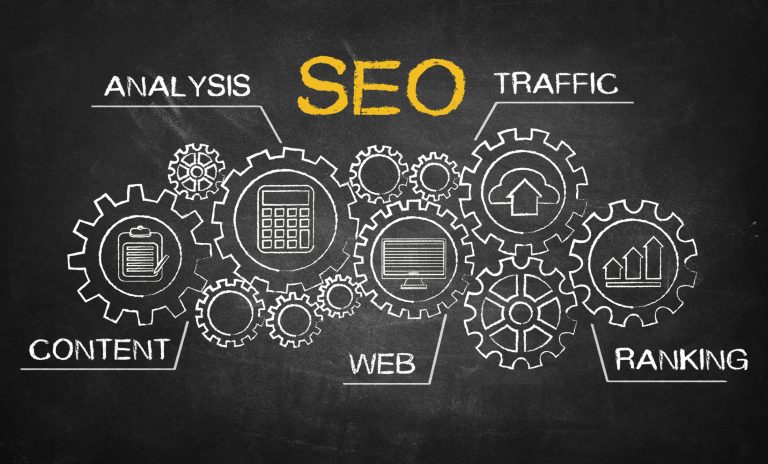Digital marketing is all about reaching your target audience in the right place at the right time. You may be familiar with a few of the most common targeting methods, such as demographic and geographic targeting. But have you heard of contextual targeting? Contextual targeting uses the real-time context of a user’s device and current surroundings to show relevant ads.
Over the last few years, contextual targeting has changed how digital marketers can send their ads to the right audience. This allows your ads to be seen with the right search terms.
This is faster than relying solely on SEO Sydney; you just need to set your bids appropriately. As mentioned, contextual targeting can be a great way to help you reach the right audience at the right time. But how exactly does it work? Let’s take a look at how it works.
What is contextual targeting?
Contextual targeting is a form of targeting that uses the contextual clues of a website or app to serve up ads that are relevant to the user.
For example, if you’re reading an article about hiking boots on a website about outdoor activities, you might see ads for hiking boots or outdoor gear on other websites you visit later.
It can be used to target users based on what they’re currently doing on their device, what site they’re visiting, what app they’re using, or even their location. It’s a great way to serve up relevant ads to users interested in what you’re selling.
How does contextual targeting work?
Contextual targeting is targeting ads to users based on their current context. This could be based on their location, the time of day, what they’re currently viewing online, or a variety of other factors. Contextual targeting allows businesses to serve relevant ads to users who are most likely interested in what they have to offer.
For example, if you’re a restaurant in the middle of a busy city, you might use contextual targeting to serve ads to people near your restaurant.
If you’re an online retailer, you might use contextual targeting to serve ads to people who are viewing products that are similar to those you sell. Contextual targeting is a powerful tool for businesses looking to reach their target audience more effectively.
What are the benefits of contextual targeting?
The benefits of contextual targeting are vast. More and more companies see that targeted ads are extremely powerful and want to invest in this technology.
Where SEO Sydney is a long game, contextual targeting allows you to create a more relevant and personalised experience for your customers. This, in turn, leads to increased engagement and conversion rates.

Here are some of the benefits of contextual targeting:
- Increased ROI. Contextual targeting can improve ROI by targeting users who are most likely interested in your product or service. Thus, you can also improve your customer retention rates, as customers are more likely to stick around when they feel like you understand them and their needs.
- Greater engagement. Ads and content that are contextually targeted are more likely to be clicked and shared, which leads to increased engagement rates.
- More targeted messages. Messages that are targeted using contextual data tend to be more relevant and compelling than those that are not.
- Increased customer loyalty. When customers feel engaged with your product or service, they’re more likely to become loyal customers and recommend your brand to their friends.
- Reduced customer churn. If you can provide engaging content and contextually targeted ads, you’ll reduce customer churn rates – a key measure of success for any business.
- Increased sales lead. When your ads and other content are contextually targeted, you’ll increase the number of leads that you generate and convert into sales.
- Improved productivity among employees (and lower overall costs). Because contextual advertising can be sent to employees on cell phones, it’s a great way to improve employee output while reducing costs across the entire organisation.
How can contextual targeting be used in a digital marketing strategy?
There are a few ways to use contextual targeting in your digital marketing strategy. The first way is to target users based on their location.
For example, you can show ads for a restaurant to people who are physically near the restaurant. You can also target users based on their web activity. So, if you’re running an ad campaign for a new laptop, you can target people who have recently visited websites about laptops or electronics.
The third way to use contextual targeting is by using demographic data. You can target ads for specific age groups or genders, for example. This way of targeting allows you to be more precise with your advertising and ensure that you’re reaching the right audience.
In closing,
Contextual targeting is an effective way to create a more effective digital strategy. By understanding the context in which your target audience lives and works, you can create more tailored content and advertising. This will improve your ROI and ensure that your messages are more likely to be heard.

